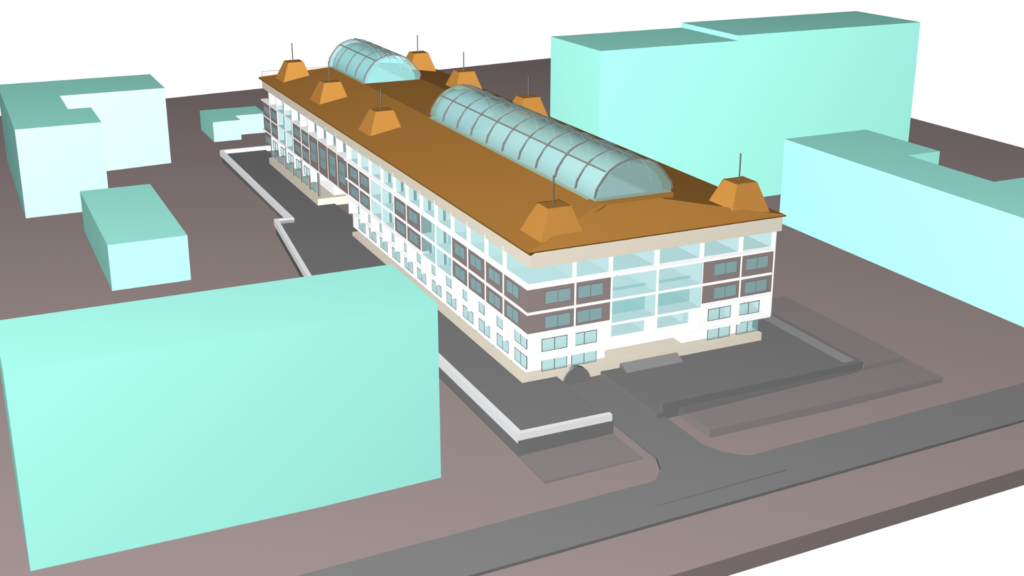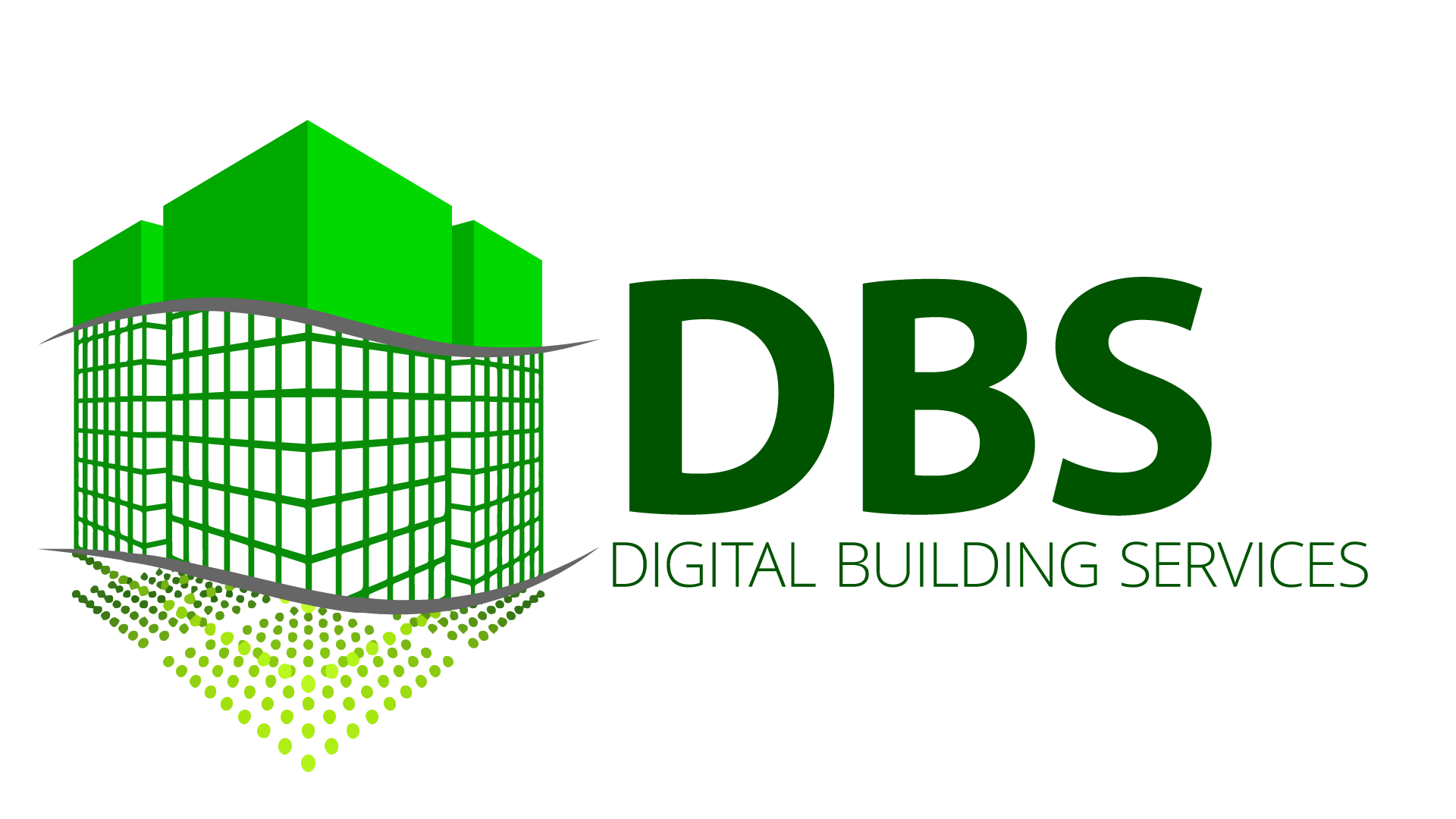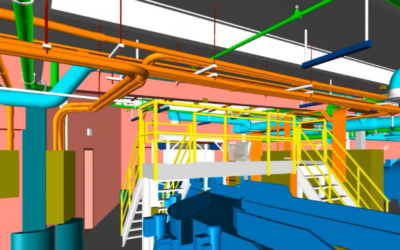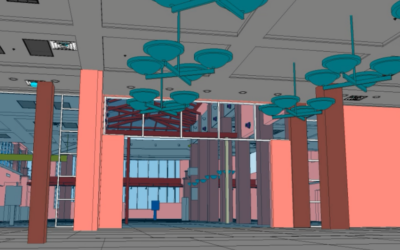In the ever-evolving world of Architecture, Engineering, and Construction (AEC), technology and innovation are at the forefront of streamlining processes, enhancing accuracy, and improving project outcomes. Two terms that have become increasingly prominent in recent years are BIM (Building Information Modeling) and Scan to BIM. While they may sound similar, they serve distinct purposes. Let’s delve into the differences and understand why AEC companies should consider integrating Scan to BIM into their services.
What is BIM (Building Information Modeling)?
BIM is a digital representation of the physical and functional characteristics of a building or infrastructure. It goes beyond traditional blueprints and 2D plans by offering a three-dimensional, real-time, dynamic building modeling software. BIM encompasses building geometry, spatial relationships, geographic information, and the quantities and properties of building components.
Benefits of BIM:
– Collaboration: BIM promotes collaboration among architects, engineers, and construction professionals by providing a unified platform for information sharing.
– Efficiency: With a centralized model, changes can be made seamlessly without the need to update multiple documents.
– Cost Savings: Accurate models lead to accurate cost predictions, minimizing unexpected expenses.

What is Scan to BIM?
Scan to BIM is the process of creating a BIM model from 3D laser scanning data. In essence, it involves capturing the as-built environment using a 3D scanner, which then produces a point cloud. This point cloud data is subsequently used to generate a BIM model, reflecting the exact conditions of the site or structure.
Benefits of Scan to BIM:
– Accuracy: Capturing the as-built environment ensures the BIM model reflects the true conditions, reducing discrepancies.
– Time-saving: Traditional methods of measuring and documenting existing conditions can be time-consuming. Laser scanning speeds up this process.
– Versatility: Ideal for retrofitting, heritage conservation, and projects where accurate documentation of existing conditions is crucial.
Why Should AEC Companies Consider Scan to BIM?
1. Enhanced Project Outcomes: With accurate as-built data at the beginning of a project, designs are more aligned with reality, reducing the risk of clashes and rework.
2. Client Satisfaction: Clients appreciate precise documentation, especially when dealing with complex or heritage structures. It assures them of the company’s commitment to detail and accuracy.
3. Cost-Efficient: While there’s an initial investment in technology and training, the long-term savings from reduced rework, efficient project timelines, and satisfied clients offer a significant return.
Conclusion
While BIM has revolutionized the way AEC professionals design, plan, and execute projects, Scan to BIM takes it a step further by ensuring the base model’s accuracy. In an industry where precision and efficiency are paramount, adopting Scan to BIM is not just a trend but a strategic move towards excellence. AEC companies looking to elevate their services, enhance client satisfaction, and stay ahead in the competitive landscape should seriously consider integrating Scan to BIM into their repertoire.
TRUST DBS AS YOUR MAIN PROVIDER FOR ALL 3D LASER SCANNING
With a track record of successful projects and satisfied clients, DBS has proven its capability to deliver high-resolution scans that capture every detail with impeccable accuracy.
Send us a message to learn more: [email protected]





0 Comments